A little place almost no one’s heard of : ça vaut vraiment la peine d’y aller
When the Nazis occupied France in 1939, two men thought they’d have lots in common. Both Franco and Hitler had army backgrounds, both were in their fifties, and both were fascist dictators with grandiose expansionist ideas for
their countries.
Wrong!
In October 1940, they met on a train at the port of Hendaye. It’s the last railway station in France, just across the border from Franco’s Spain. Their objective was to discuss their mutual strategic interests in progressing World War Two against the Allies. But they immediately detested each other.
Hitler said later he couldn’t get away quickly enough.
He claimed it was like having major dentistry without an anesthetic.
Just along the western coast of Spain lies another small port. This is Pasaia or Pasajes in Spanish. Not many people have heard of it because it’s just a few kilometres off the highway from San Sebastian to Biarritz and no one can be bothered to go there.
Marquis de La Fayette
But it’s where the Marquis de La Fayette left for the New World in 1777. His objective was to help the American colonists fight for their freedom by getting rid of their British masters.
Once in America, the enormously rich, 19-year-old Frenchman simply offered his services by turning up to present himself to George Washington. Historians are at a loss to explain how, before the month was out, Lafayette was living in Washington’s house, and by early September he was riding with Washington into battle. An incipient father-son relationship is the best they can offer.
When the American patriots defeated the British, their Declaration of Independence explained why the colonies at war with Britain regarded themselves as thirteen independent and sovereign states. They were no longer subject to British Colonial rule when they united to become the first country to be founded on the principles of liberal democracy.
“Le Déclaration des droits de l’Homme et du citoyen de 1789,” is a civil rights document from the French Revolution. It marked the beginning of a new political era that emerged in the Age of Enlightenment. Inspired by the 1776 American Declaration of Independence, it was drafted by Lafayette and Thomas Jefferson and incorporated into the French Constitution in 1791.

But back to Pasaia
Victor Hugo
French literary giant, Victor Hugo, of “Les Miserables” fame, stumbled on the tiny Basque port in 1843, when he was on a walking tour to research his travel journal, “Voyage vers les Pyrénées.” He described it as “This little radiant Eden in which I arrived by chance and without knowing where I was going and where I was is called Pasages in Spanish or the Passage in French.
He was so captivated that he moved into a waterside house and stayed there for the summer. “C’est une cabane mêlée et soudée à un palais.” (A hut mixed and mingled with a palace.)
The eighteenth century saw France going through a meat grinder of revolutionary political and social ideas. Victor Hugo’s main literary focus was on themes of high-minded social justice and sympathy for those he believed were oppressed by the government, the nobility, the clergy, and police power. He hated capital punishment, denounced taxes, tyrants the aristocracy, and the slave trade. He opposed war and expressed confidence in the ability of free people to achieve unlimited progress.
The Napoleons
When President Louis-Napoleon (nephew of the real Napoleon ) made a grab for absolute power, declaring himself Emperor, Hugo ridiculed him as “Napoleon le Petit.” Police and military agents smashed independent printing presses and newspaper offices, and, with the Emperor’s soldiers hot on his trail, Hugo fled to Guernsey, where he stayed in exile for the next 14 years.
But his international reputation and his royalties were on the rise, and, following Napoleon III’s military misadventure with Prussia, and with Prussian soldiers advancing towards the French capital, the Emperor abdicated. Victor Hugo returned to France, arriving in Paris in triumph in September 1870.
Just after the writer’s appeal to the Prussians for peace was rejected, Paris was besieged. And when hostilities ended four months later, Paris was in tatters and France had lost Alsace-Lorraine. Overnight, Prussia became the dominant Continental power and the highway to two World Wars opened up ahead.
Victor Hugo’s last novels “L’Année Terrible,” and “Quatrevingt-Treize” are both set in the tumultuous and politically convoluted years of the Franco-Prussian war and the Paris Commune.
In 1885 Hugo died and was given a national funeral. His body lay in state under the Arc de Triomphe and was then buried in the Panthéon. He was certainly an optimist. Predictions are always dangerous, but he was convinced Europe was on the right path.
“In the twentieth-century war will be dead, the scaffold will be dead, hatred will be dead, frontier boundaries will be dead, dogmas will be dead; man will live.”
Sad to say, Victor, there’s a long way to go yet.
Today Pasaia is known mainly for its quirky, narrow entrance through a jumble of waterside houses, bars, and restaurants. But, boy, are they good! Several are built out over the harbour, and sparkling fresh seafood is pulled up in a cage from under their floorboards.
So, here’s a serious recommendation for anyone with a day to spare in southwest France: Find out how to get to that tiny port just across the border that almost no one has ever heard of — and go there!
Pasaia — it’s still a sleepy, medieval relic from the past, but, ça vaut vraiment la peine d’y aller.
But, wait, there’s more… Pasaia will be on the 2024 Tour de France route, there is time to make plans to visit should you be interested or in the area.
According to Sansebastianturismoa: “The descent to Pasaia must be done slowly, as it is one of the routes that runs through the most impressive landscapes of the Bay of Biscay…”
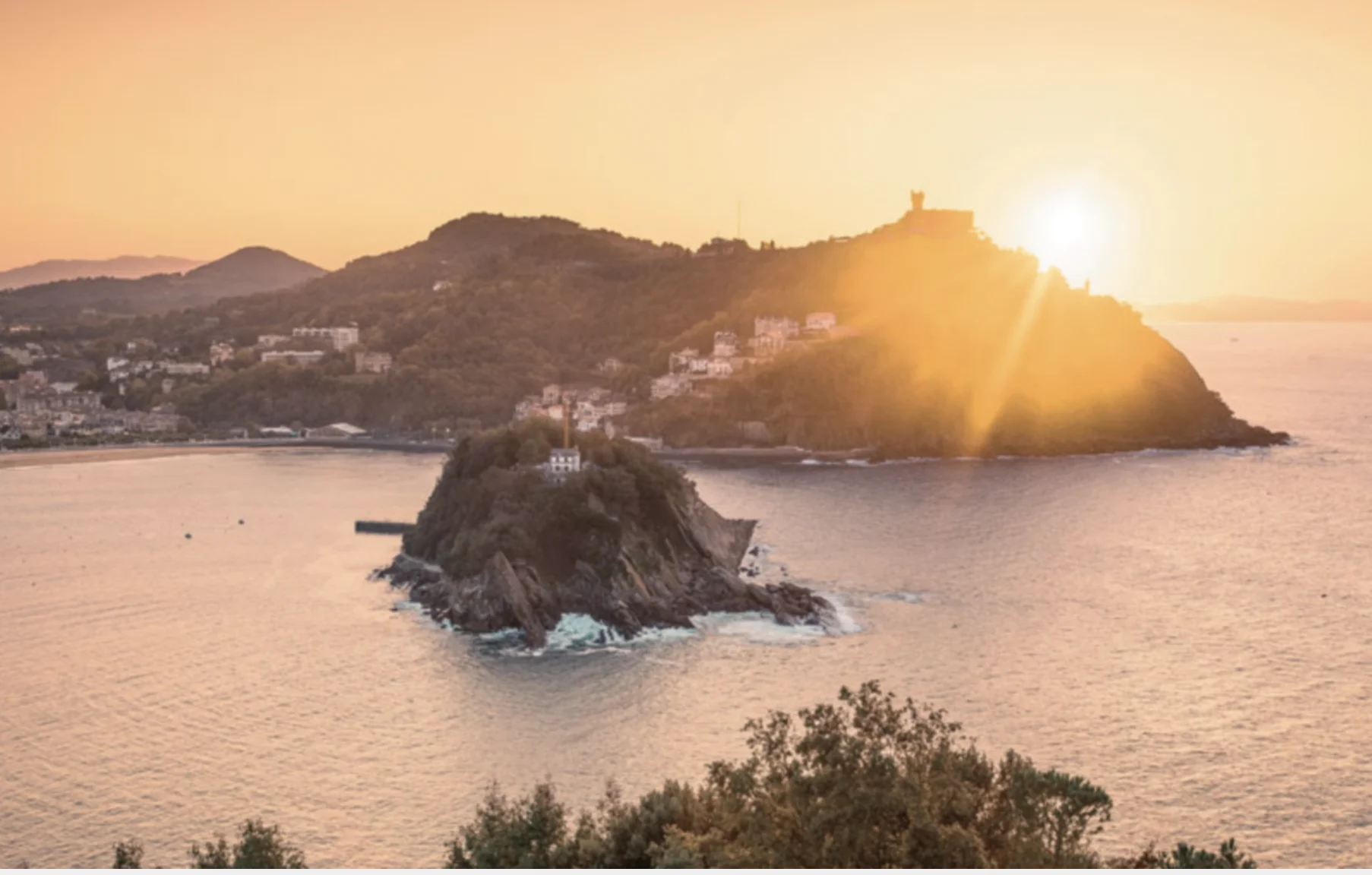
Have you ever been to Pasaia? Or other small magic places like this… picturesque and historic? Please share in the comments below.
Your subscription (free or paid) will be gratefully received and will help me continue to build ‘le Bulletin’.
Merci Mille Fois
Image credits:
1. Pasaia via Wikipedia
2. Pasaia via Wikimedia
3. Hitler & Franco meet via Wikimedia
4. Washington & Lafayette at Valley Forge via Wikimedia Commons
5. The Ancient Casino at Hendaye via Wikimedia
6. House of Victor Hugo – Pasaia via Wikimedia
7. Fish restaurant – Pasaia – copyright Ray Johnstone
8. Pasaia – copyright Ray Johnstone

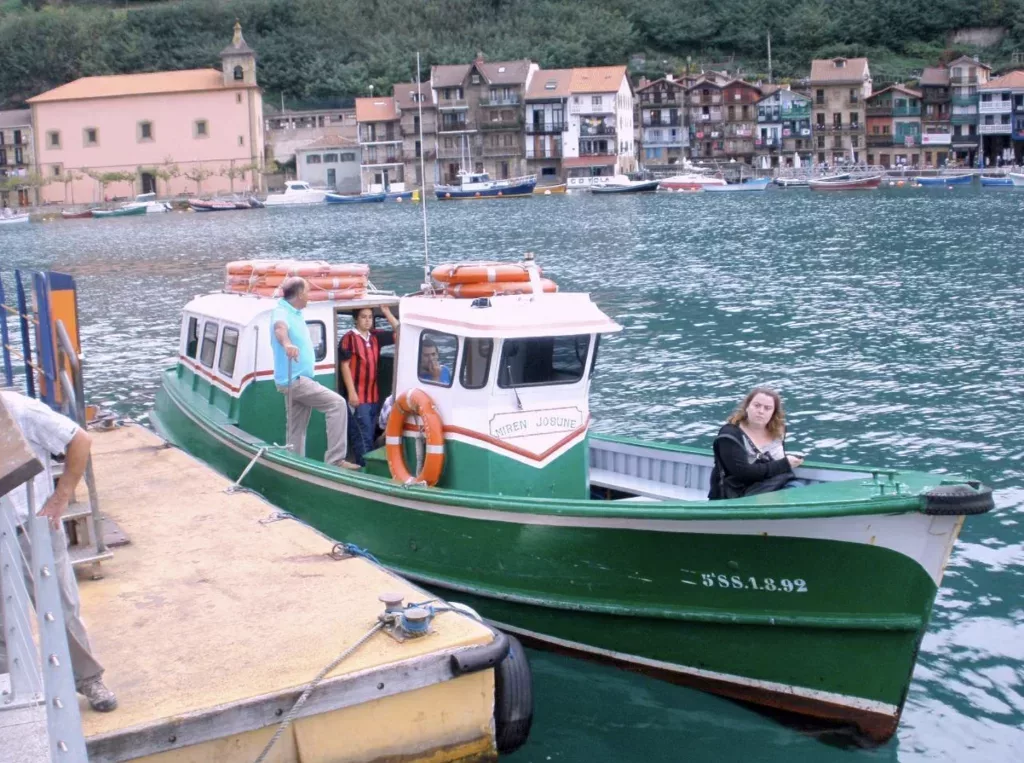
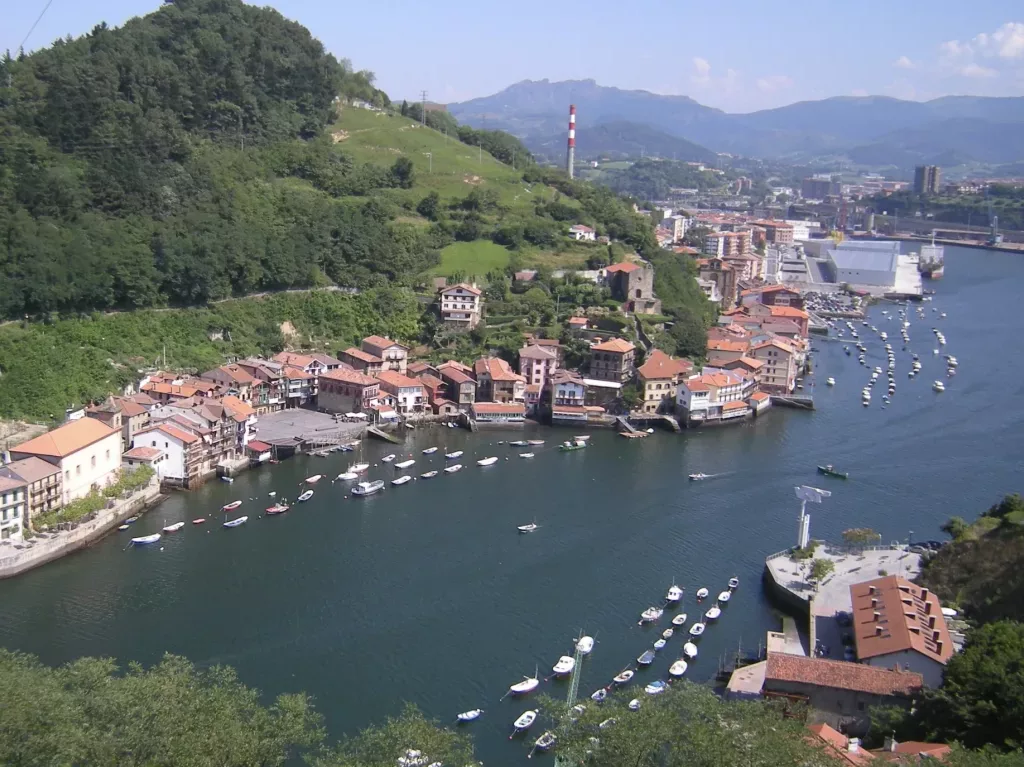
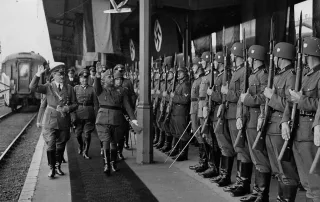

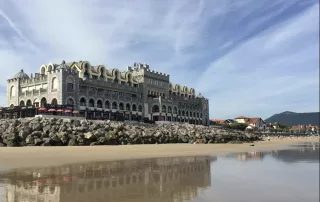
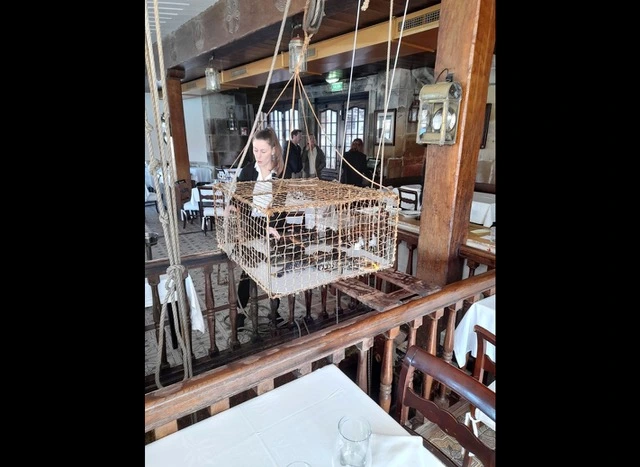
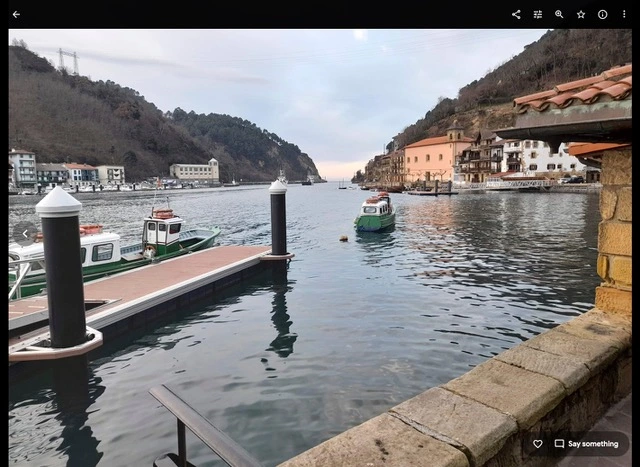






A fine description that makes us want to go there, though it’s a long way in a Twingo from our place near Cannes.